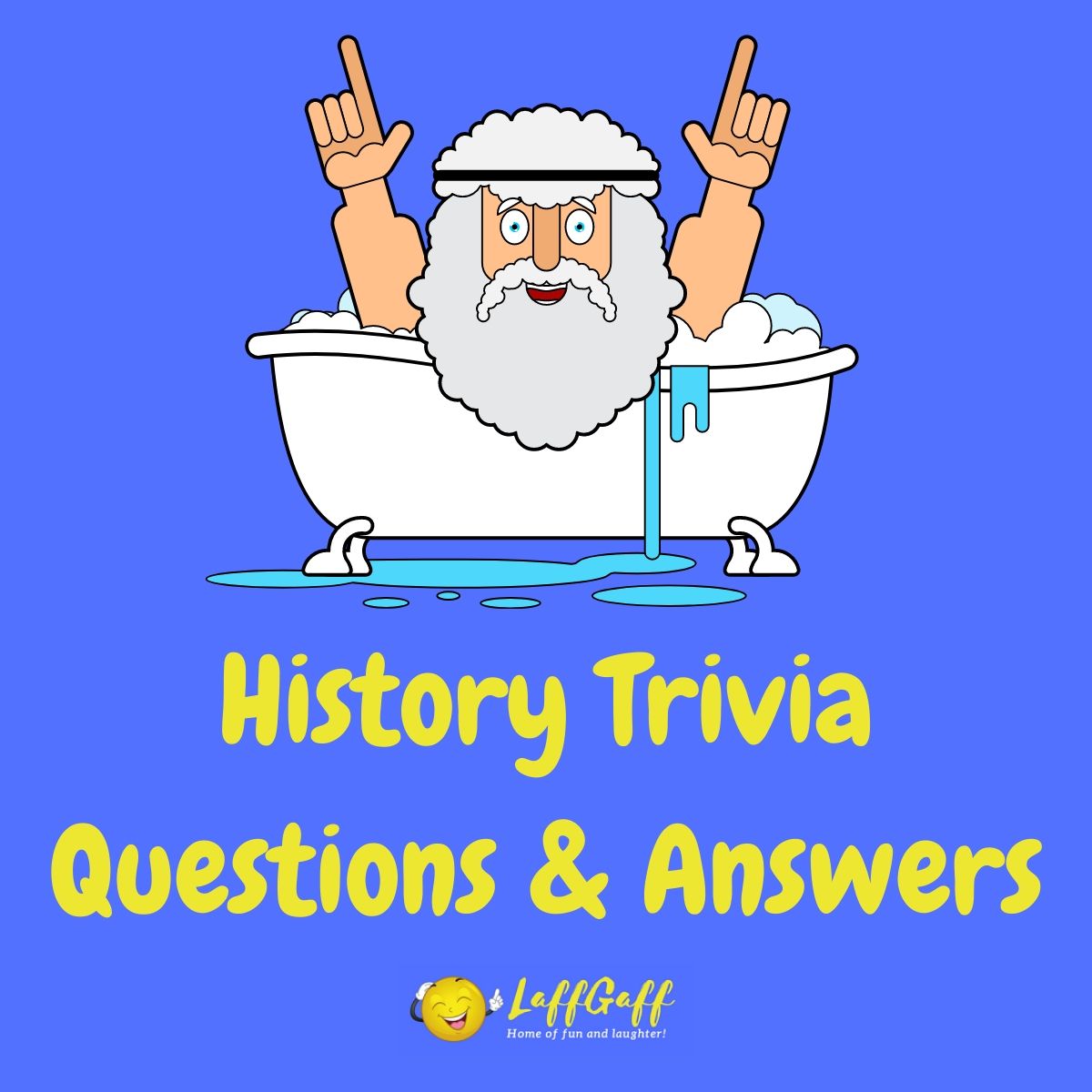Question: Who was the first American to fly in space twice?
Show answer
Colonel Virgil Ivan “Gus” Grissom.
Gus Grissom was a distinguished astronaut for NASA and holds the honor of being the first American to fly into space twice. Born Virgil Ivan Grissom on April 3, 1926, in Mitchell, Indiana, he was a mechanical engineer and United States Air Force pilot before joining NASA’s Project Mercury, the United States’ first man-in-space program.
Grissom’s first flight took place on July 21, 1961, aboard the Liberty Bell 7 spacecraft for the Mercury-Redstone 4 mission. This suborbital flight made him the second American in space, following Alan Shepard’s historic flight. However, the mission ended with a harrowing experience when, after splashdown, the hatch unexpectedly blew open, causing water to flood into the capsule. Grissom managed to exit the spacecraft and was safely recovered, but the Liberty Bell 7 sank and was not recovered until 1999.
Demonstrating resilience and fortitude, Grissom’s second flight was on March 23, 1965, as the command pilot for Gemini 3. This mission, named Molly Brown in a humorous nod to his previous sunken spacecraft, was the first crewed flight of the Gemini program, designed to test maneuvers critical for future lunar missions. Alongside John Young, Grissom successfully orbited the Earth three times, proving that astronauts could change their spacecraft’s orbit, an essential capability for the subsequent Apollo missions to the Moon.
Grissom’s career was tragically cut short when he, along with fellow astronauts Ed White and Roger B. Chaffee, perished in a fire during a pre-launch test for the Apollo 1 mission on January 27, 1967. This event led to significant safety overhauls within NASA.
In the history of space exploration, Gus Grissom is remembered not just for his technical skills and bravery but also for his invaluable contribution to the advancement of human spaceflight, which paved the way for the moon landings and beyond. His legacy is marked by his pioneering spirit and the progress made possible by his dedication to exploration.



